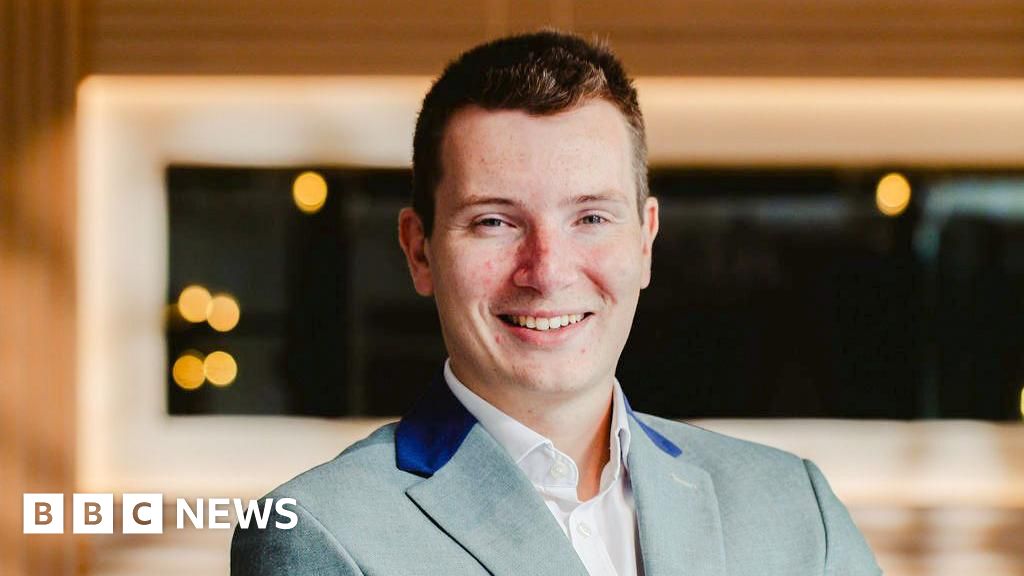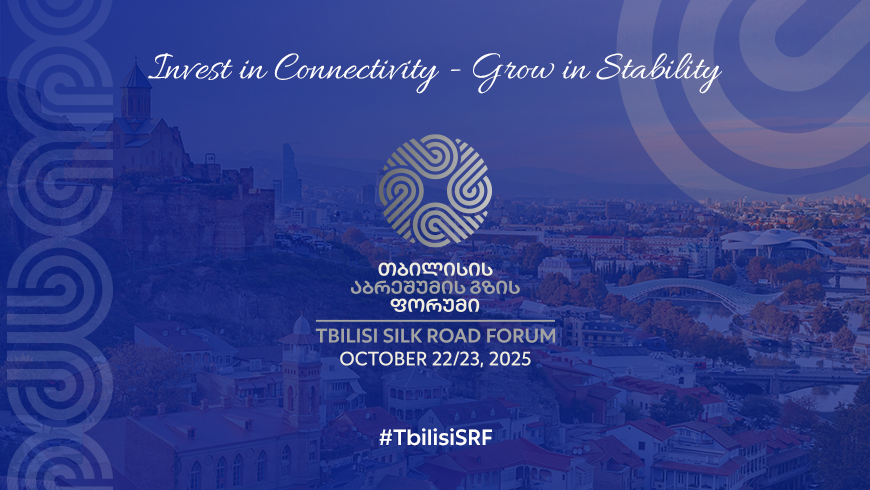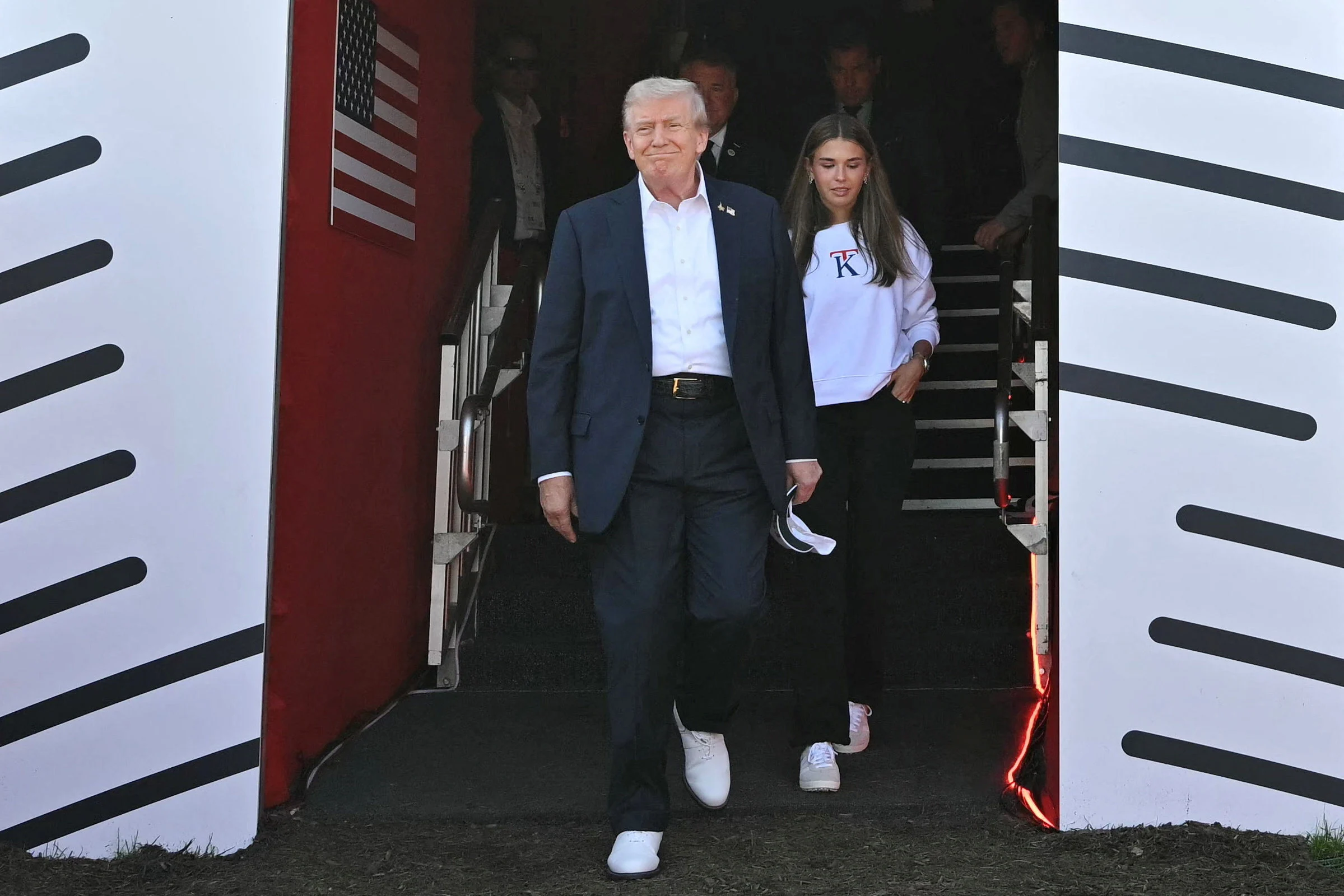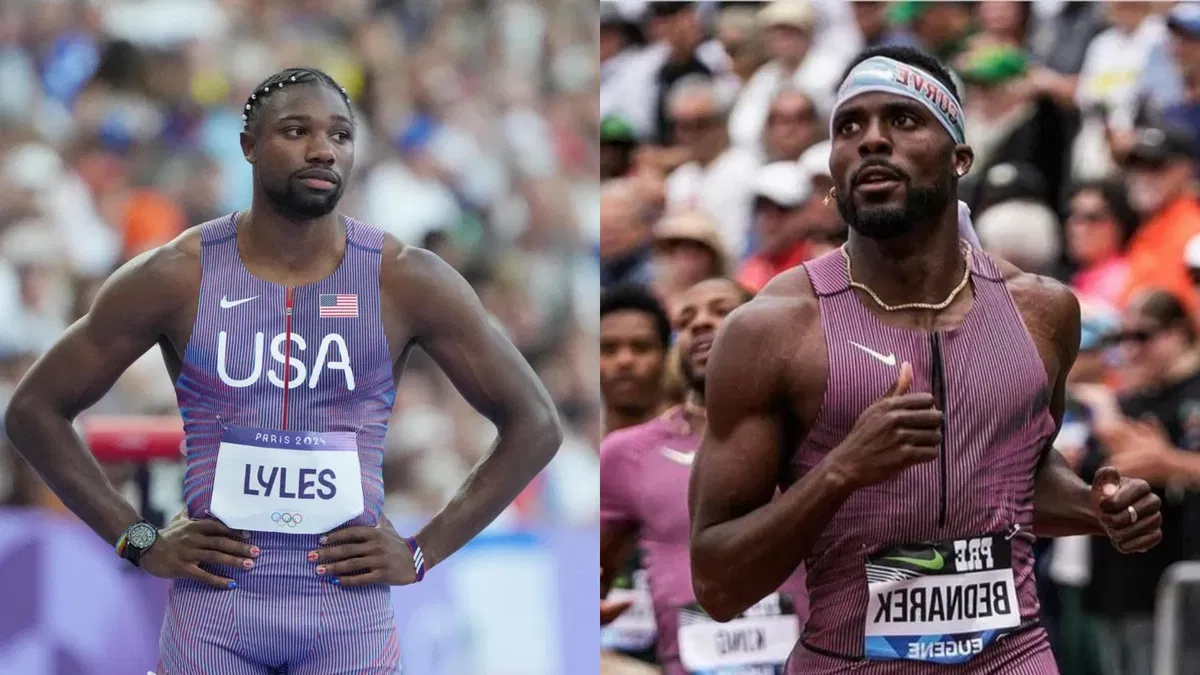By Elisa Carollo
Copyright observer
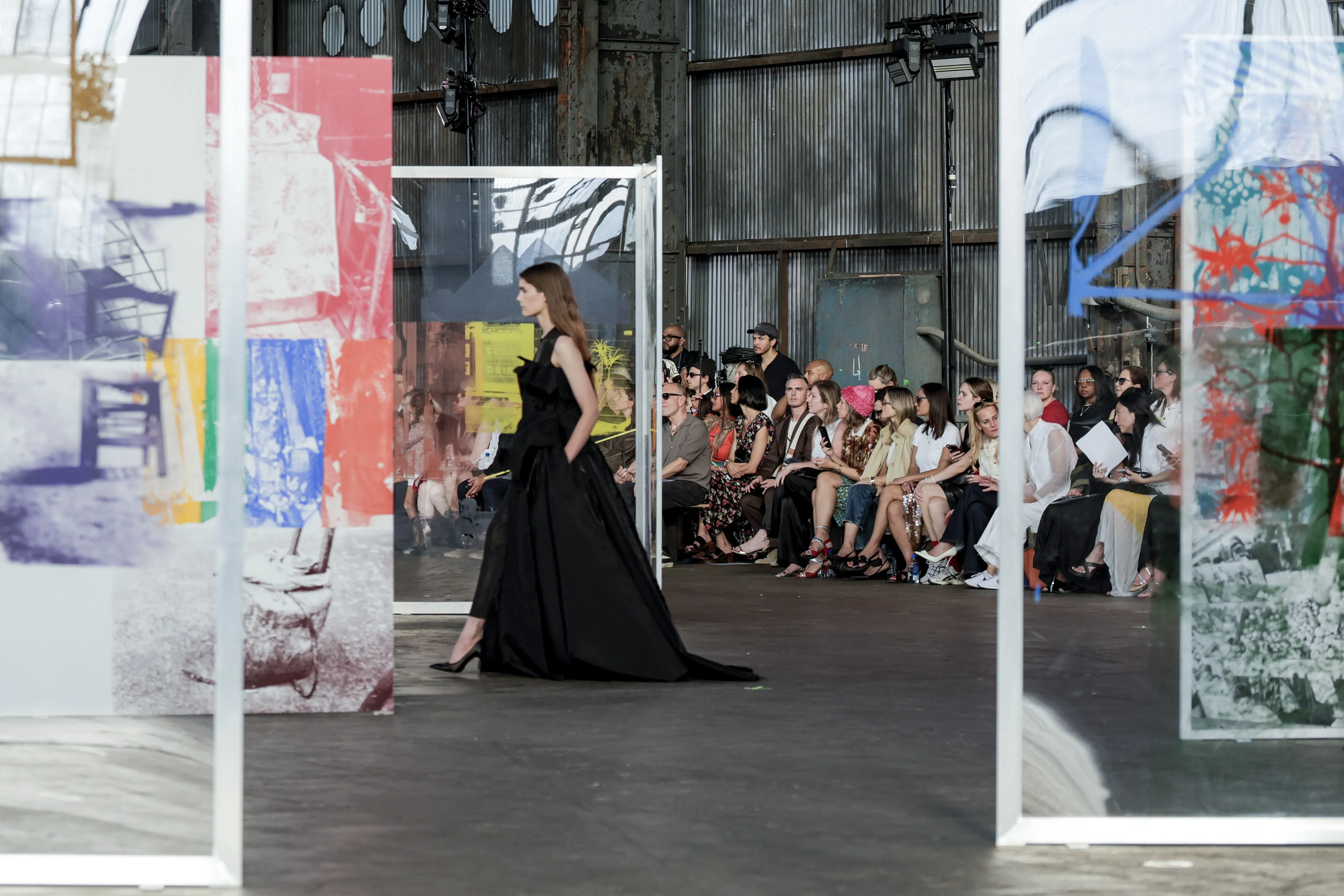
The art world is experiencing a moment of reckoning, as traditional business practices show signs of obsolescence in a rapidly shifting socio-economic landscape. As the industry has expanded globally and financially to resemble other luxury sectors—which some are beginning to acknowledge—it may benefit from looking to adjacent high-end markets to navigate a changing economy and evolving collector base.
One of the clearest paths forward has been cross-industry collaboration, most visibly with fashion. This season’s New York Fashion Week, coming directly on the heels of a busy fall art calendar, offered ample proof. Collaboration once meant stamping an artist’s work onto a handbag; now it means something far more substantive. Designers are actively digging into archives and visiting studios, collaborating closely with both living artists and estates, and letting those creative dialogues shape not only the aesthetic but also the research process of their collections.
One of the best case studies this NYFW offered was Jason Wu’s COLLAGE collection for Spring 2026, which debuted at Brooklyn’s Navy Yard and was informed by extensive research the designer conducted into Robert Rauschenberg’s oeuvre. Developed in collaboration with the Robert Rauschenberg Foundation to celebrate the late artist’s centennial, Wu’s collection drew inspiration from Rauschenberg’s groundbreaking yet often lesser-known Hoarfrost series (1974-76) and Airport Suite editions from the same period.
The collection is notably rooted in the artist’s archive, aesthetic and creative process, embracing his ideas of deconstructed beauty and pop-cultural appropriation. Edges of garments were deliberately left unfinished, while raw silk and cheesecloth bore solvent-transferred images culled from the media flux of Rauschenberg’s era—growing, evolving and reacting in tension with today’s image oversaturation.
Most tellingly, Wu’s collection was not merely about art-inspired clothing or wearable art, but about a contemporary mode of creative research—studying, appropriating and reinventing the artist’s legacy. It engaged in the kind of dialogue a contemporary artist might undertake during a residency at the foundation, though here translated into the realm of consumer culture.
Jason Wu’s interpretation of Rauschenberg’s fabric works feels fresh and alive—a bold continuation of the artist’s enduring curiosity, Courtney Martin, executive director of the Robert Rauschenberg Foundation, told Observer. “By transforming Rauschenberg’s spirit of experimentation into movement on the runway, Jason has shown how art can inhabit entirely new contexts while staying true to its essence.” Within the Centennial’s broader celebration, Martin sees this partnership as a way to demonstrate how Rauschenberg’s drive to break boundaries still resonates powerfully today, inviting audiences to experience both art and fashion anew.
At the entrance, an installation of seven-foot-high framed screenprints by Rauschenberg, on loan from his New York–based foundation, made it clear that art was not secondary or ornamental but embedded as an integral force shaping the collection. The result was a true dialogue between creatives grappling with an evolving American culture, shifting aesthetics and a longing for the restless optimism and abundance once promised by the American dream. In addition to keeping Rauschenberg’s legacy alive and introducing it to a broader audience, the collaboration also created an added stream of revenue for the foundation—following standard fair use guidelines, it included a modest licensing fee.
Similarly informed by deep study and developed in close collaboration with the artist’s foundation, Ulla Johnson’s Spring/Summer 2026 collection brought Helen Frankenthaler’s artwork from canvas to catwalk. Presented during this NYFW in the Beaux-Arts setting of the Cooper Hewitt Museum on New York’s Upper East Side, the collection translated Frankenthaler’s vibrant color palettes and the softened poetry of her fluid painterly gestures into lushly draped georgette, organza and satin-faced silks. Johnson drew particular inspiration from Frankenthaler’s Western Dream (1957), Moontide (1968) and Nature Abhors a Vacuum (1973), adopting the artist’s revolutionary soak-stain technique, which transformed color-field painting by allowing pigment to seep directly into unprimed canvas. This was not the designer’s first collaboration with artists; her creative process has previously engaged with Lee Krasner, Anna Zemánková and Shara Hughes.
The result was a series of luminous garments that moved with the body and through space in ways that echoed Frankenthaler’s own visual poetics—delicate fading memories, fleeting emotions and intimate meditations rendered tangible. The collection has the same kind of synesthetic empathy, attuned to the cycles and phenomena of the natural world, that we find in Frankenthaler’s multisensorial sensibility—expressed through color, atmosphere and form.
“We were delighted to learn about Ulla Johnson’s interest in Helen Frankenthaler as a source of inspiration for her Spring/Summer 2026 collection,” Elizabeth Smith, executive director of the Helen Frankenthaler Foundation, told Observer. “She has deftly and imaginatively translated Frankenthaler’s colors and flowing forms into her designs. This timely collaboration was an enjoyable one for us, as it reflects the interdisciplinary impact Frankenthaler had and continues to have, and the Foundation’s own commitment to bringing visibility to the artist’s work in new contexts.” In this case as well, the foundation confirmed that all images used in the collaboration were under a licensing agreement.
Meanwhile, in the same week, Proenza Schouler—the New York–based luxury fashion label—chose the former Kasmin Gallery, now Olney Gleason’s gallery in Chelsea, to debut its latest collection. The line was developed in collaboration with Rachel Scott, the Brooklyn-based designer who had just been appointed the brand’s creative director earlier in the month.
Also staged in a cultural venue was the collection of Seoul-born, New York–based designer Ashlynn Park, who presented her minimalist, zero-waste creations against the backdrop of Iranian artist Sheida Soleimani’s photographs, included in her current exhibition “Panjereh,” on view at the International Center of Photography. Drawing on her experience with designers such as Yohji Yamamoto, Alexander Wang and Raf Simons, Park has built a reputation for precise, sharp tailoring that blends Japanese technical rigor with Western draping sensibility. Central to her practice is sustainability, expressed through a zero-waste, deliberately slow design process in which some runway pieces can take months to complete.
This focus on sustainability was amplified by the juxtaposition with Soleimani’s photographic work, presented in an immersive, garden-like wall-drawing installation. There, narratives of political exile and migration opened onto broader reflections, as injured birds appeared as poetic metaphors interweaving themes of human displacement with the urgency and hope of communal rehabilitation and recovery. Given her interest in ecological consciousness, Park had initially considered centering her show on Edward Burtynsky’s photographs of landscapes scarred by manufacturing. But after encountering Soleimani’s work at ICP, she reached out to collaborate, engaging in a dialogue that ensured the exhibition was not merely used as a backdrop for the runway but became part of a shared artistic creation—conveying parallel messages across different media. Soleimani was also dressed for the runway show, which allowed her, in turn, to get closer to the designer’s process. The result is a genuine dialogue between creators—a fertile exchange across disciplines that underscored shared concerns and opened new possibilities for collaboration.
A quick history of collaboration between art and fashion
Collaborations between art and fashion are hardly new; they trace back to the very origins of haute couture in Paris. Paul Poiret’s atelier was not only a hub for design but also a gathering place—complete with extravagant, lavish parties—for the Parisian avant-garde. The French designer, known for introducing freer silhouettes, treated clothing as a modern art form and pursued the ideal of the Gesamtkunstwerk (total artwork), continually blurring the boundaries between disciplines. One of his first significant steps in this direction was commissioning painter Raoul Dufy to design textile prints, pioneering the use of artist-created fabrics in couture. He soon realized, however, that fashion required a broader communication strategy—an entire aesthetic world—and he understood how artists could help achieve this through their unique ability to capture the spirit of an era. He therefore commissioned illustrator Paul Iribe to create Les robes de Paul Poiret racontées par Paul Iribe, which presented Poiret’s designs in stylized Empire settings, worn by slender, short-haired figures that embodied a new aesthetic ideal. Beyond promotional illustrations, Iribe helped Poiret shape a coherent brand identity: he created the rose emblem as a maison-wide mark and extended its presence across stationery, invitations and promotional materials, laying the groundwork for a truly integrated fashion communication system.
In his memoir The King of Fashion (1931), Poiret wrote, “Am I a fool when I dream of putting art into my dresses, a fool when I say dressmaking is an art? For I have always loved painters and felt on an equal footing with them. It seems to be that we practice the same craft, and that they are my fellow workers.” By aligning himself with artists, Poiret—like many who followed—positioned haute couture not merely as craft but as cultural production, capable of nurturing innovation and testing new aesthetics that artists were already capturing or even anticipating.
Elsa Schiaparelli took this spirit further, using collaboration to unleash unbridled creativity. Her close relationship with Dalí and the Surrealist movement produced some of fashion’s most memorable pieces, turning garments into proper works of art. Designs like the Lobster Dress (1937), the Shoe Hat (1937-38)—a felt hat shaped like an upside-down high heel—and the Tears Dress (1938) were exuberant, nonsensical and utterly unique, embodying a radical imagination that couture alone could not conjure at the time. Notably, Schiaparelli collaborated with a range of artists within and beyond the Surrealist circle, including Meret Oppenheim’s bracelet of gold and fur, Alberto Giacometti’s commissioned Surrealist-inspired buttons and jewelry, and Leonor Fini’s design for Shocking (1937), the perfume shaped like a mannequin torso.*
Opportunities in the luxury sector
In the postwar years, Christian Dior also turned to modernist painters, drawing inspiration from Cubist aesthetics and artists like Fernand Léger and Picasso. Yves Saint Laurent, who spent two years working alongside Dior, inherited not only the secrets of haute couture but also a deep love for art and its potential to inspire fashion. His Mondrian dresses (Fall/Winter 1965) remain among the most iconic art–fashion crossovers of the 20th century. By mimicking Mondrian’s Composition paintings—and, crucially, aligning the seams of the shift dress with the painted lines—YSL transformed two-dimensional abstraction into wearable form, embedding high modernism into consumer culture.
Collaborations with other industries are no longer limited to fashion. Luxury brands—and increasingly, brands in adjacent sectors—are seeking deeper engagement with the art world. Companies like LVMH, Chanel, Ruinart, Perrier-Jouët, Hermès and BMW have, in recent years, launched and in many cases consistently developed art programs that go far beyond a single artist-designed item. These initiatives have evolved into sustained collaborations with contemporary artists on special commissions.
In many of these cases, brands directly support the production of ambitious new works, which are then presented at major art events, cultural institutions and sometimes beyond the traditional art circuit. Ruinart’s Carte Blanche program, which has commissioned a different contemporary artist each year since 2008 to respond to the maison’s heritage, terroir and production, has become a staple at international art fairs. The 2025 edition, Conversations with Nature, features three artists: Julian Charrière, Lélia Demoisy and Sam Falls. Their specially commissioned works echo Ruinart’s commitment to biodiversity and climate awareness.
The Swiss luxury watch manufacturer Audemars Piguet has recently launched a new dedicated foundation for contemporary art, Audemars Piguet Contemporary, which this year debuts its first commission program by supporting a new work by Adrián Villar Rojas. The piece will first be presented within the brand’s cultural geography in the Jura Mountains (Vallée de Joux) before traveling to the Aspen Art Museum, where it will be featured as part of an expanded exhibition in 2026. “We see our role as giving artists the freedom and resources to pursue ambitious projects they might not otherwise realize,” Audrey Teichmann, curator at Audemars Piguet Contemporary, told Observer, explaining how the new commission program has been specifically designed to support artists’ research and exploration of new scales, media and contexts. “These works remain with the artists, contributing to their practice long-term while offering audiences new ways to engage with contemporary art.” For Denis Pernet, also curator at Audemars Piguet Contemporary, the value of these collaborations lies in their capacity to create space for experimentation. “Many of the artists we work with are venturing into untested territory, and it is precisely that uncertainty that makes their work vital. Our support allows them to take those risks.”
Meanwhile, UNIQLO has just named KAWS its first Artist in Residence in an announcement made during New York Fashion Week at the Museum of Modern Art. CHANEL’s Culture Fund has opted instead for long-term partnerships with major international museums, focusing on funding specific strands of programming that support women creators rather than one-off exhibitions or commissions. In 2023, the French couture house launched a three-year collaboration with Hong Kong’s M+, sponsoring both the M+ Cinema programs and the curator of moving images. This year, it entered a three-year agreement with Hamburger Bahnhof to present large-scale projects under the banner of the CHANEL Commission in its main hall, beginning with Klára Hosnedlová’s immersive installation embrace (2025), on view through October 26, 2025. The fund has also backed the Leeum Museum of Art in Seoul with its first public initiative, IDEA Museum, and Shanghai’s Power Station of Art through its Next Culture Producer Program. A new partnership with the High Line in New York will debut this September, commissioning rising artists in digital and time-based media for its Originals series, starting with the premiere of an inaugural co-commissioned video by Frank WANG Yefeng.
Meanwhile, artists themselves—particularly those well-known art entrepreneurs who have already explored the potential of these crossovers—are now launching their own branded products in other industries. The recently announced YOSHIKI × Yoshitomo Nara Collaboration Wine brings together YOSHIKI’s established Napa Valley wine label, Y by YOSHIKI, and Nara’s artwork. The two artists will collaborate on a series of wines, including a Cabernet Sauvignon Oakville Napa Valley 2022, a Pinot Noir Russian River 2022 and a Chardonnay Russian River 2023, all of which will be available in the U.S. in February 2026.
In 1982, Niki de Saint Phalle launched her own fragrance, titled Niki de Saint Phalle. Actively involved in the creative direction of the product from inception to distribution, she infused the bottle and packaging with her signature imagery—her bold snake motif winding around the flacon—and ensured the perfume ads reflected her colorful, mythic universe. The launch functioned not just as a commercial venture but as an extension of her art, helping to fund her massive Tarot Garden project in Tuscany.
Takashi Murakami has likely been one of the most prolific artists to cross into fashion and luxury, turning collaboration into a core pillar of his global brand. His long-running partnership with Marc Jacobs at Louis Vuitton (2003-2015) reimagined the house’s monogram with multicolor logos and cartoonish motifs, setting a new standard for art–fashion crossovers. Since then, he has expanded his reach through brand projects ranging from a limited-edition Supreme box logo T-shirt to a capsule collection with Virgil Abloh’s Off-White, as well as high-fashion collaborations with Comme des Garçons, Hublot watches and Moët & Chandon champagne bottles. These ventures have not only embedded Murakami’s artistic style firmly within the luxury landscape but also made him especially popular among younger audiences, for whom his bold Superflat aesthetic resonates as both a fresh cultural icon and a recognizable consumer brand.
As surveys and collector profiles have shown, many Gen Z and Millennial buyers who are gradually transitioning into art collecting often begin with other categories of collectibles—sneakers, limited-edition clothing and similar objects. This underscores the potential for the art industry to learn from and adopt some of the business models and storytelling strategies of other high-end, symbolic-value and experience-centered sectors to build and cultivate new, younger audiences. Overlooking these opportunities increasingly looks less like prudence than shortsightedness.
More for art collectors
Record Prices, New Buyers and Global Reach: Design’s Moment Has Arrived
Karpidas’s Sotheby’s Sale Marks a New Peak for Surrealism and Design
What’s Behind the Rise in Single-Owner Collection Sales
From Dung to Dust, Unconventional Mediums Pose Challenges for Conservators and Collectors
The Art Market’s Ethics Illusion: Professional Associations Talk Standards But Offer Few Protections
